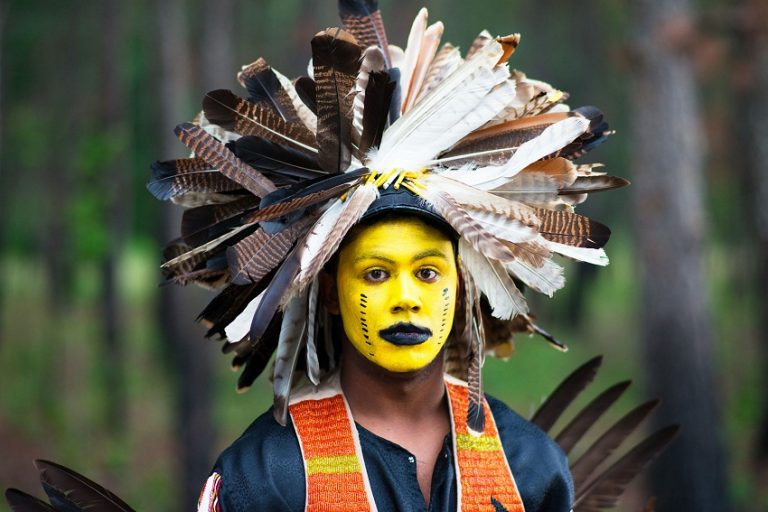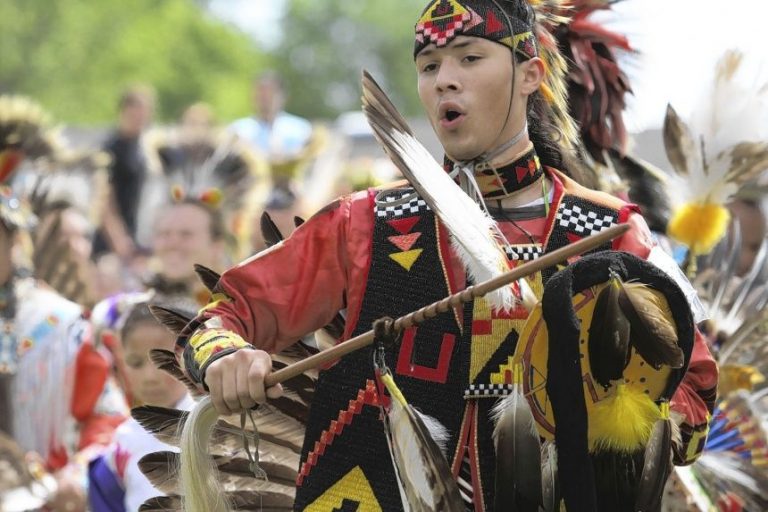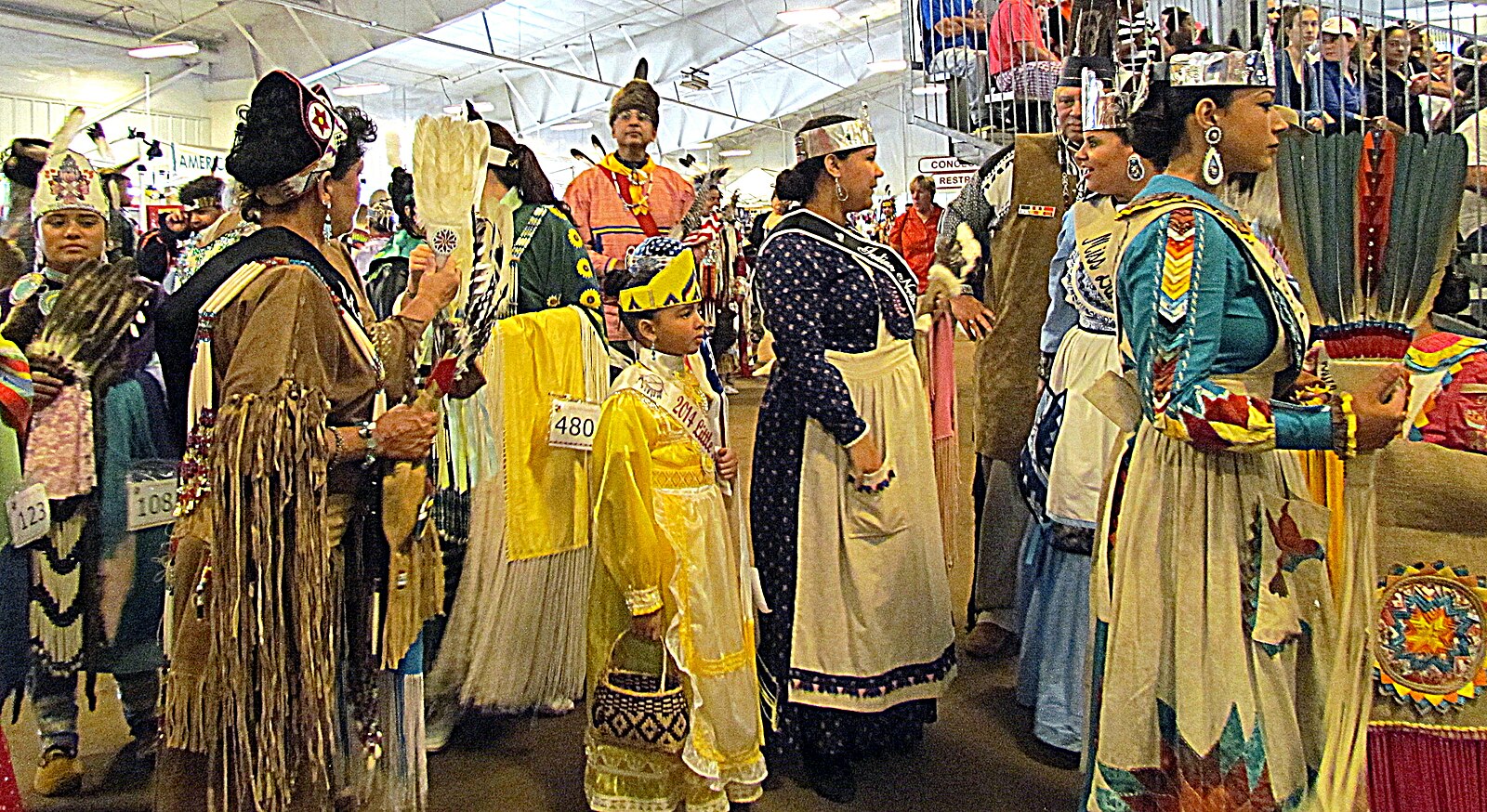
Echoes of the River: The Enduring Spirituality of the Lumbee Tribe
In the heart of North Carolina, amidst the sprawling pine forests and the winding currents of the Lumbee River, resides the Lumbee Tribe – the largest Native American tribe east of the Mississippi. Unlike many other federally recognized tribes, the Lumbee have no reservation; their ancestral lands are their homes, intertwined with the towns and communities of Robeson County. This unique historical trajectory has profoundly shaped their spiritual practices, fostering a resilient, deeply personal, and often syncretic connection to their heritage, land, and community.
For generations, Lumbee spirituality has been less about formalized ceremonies on a designated land and more about an interwoven fabric of daily life, family bonds, and an unbreakable link to the natural world around them. It is a spirituality forged in resilience, adapting through centuries of external pressures while fiercely guarding its core tenets.

The Land as Sacred Text
At the very core of Lumbee spiritual identity is the land itself, particularly the Lumbee River, which the tribe refers to as the "Dark Water" or "Lumbee River." This waterway is not merely a geographic feature; it is a living entity, a source of life, sustenance, and spiritual solace. It holds the memories of ancestors, providing a tangible link to the past and a continuous presence for future generations.
"The river is our bloodline, our church, our history book," explains Elder Sarah Revels, a respected tribal knowledge keeper, her voice soft but firm, gazing towards the shimmering water. "Our ancestors walked these banks, fished these waters. Their spirits are here. When you stand by the river, you’re not just standing in nature; you’re standing with everyone who came before you."
This profound connection extends beyond the river to the entire ecosystem of Robeson County – the longleaf pine forests, the swamps, the fertile soil. The land teaches lessons of patience, cycles of life and death, and the interconnectedness of all things. Traditional knowledge of plants, animals, and weather patterns is not just practical survival information; it is spiritual wisdom passed down through oral traditions, embodying respect for creation. Harvesting wild herbs for medicine, tending small gardens, or simply walking through the woods becomes an act of reverence, a communion with the spirits of the land and ancestors.
Community and Kinship: The Spiritual Core
Without a land base in the traditional sense of a reservation, the Lumbee people’s spiritual strength has always resided intensely within their kinship networks and community bonds. Family gatherings, church services, and tribal events are not merely social occasions; they are vital spiritual acts, reinforcing identity, transmitting values, and providing a collective sense of belonging.
"Our spirituality is lived out in how we treat each other, how we raise our children, how we honor our elders," says Dr. Robert Locklear, a Lumbee historian and cultural preservationist. "It’s in the shared meals, the storytelling on front porches, the support we give during times of hardship. This constant, intimate interaction within the community is the very bedrock of our spiritual practice."
Oral tradition plays a crucial role in this transmission. Stories of creation, moral lessons, tales of tribal heroes, and family histories are passed down from elders to youth, often around kitchen tables or at community gatherings. These narratives serve as spiritual anchors, teaching ethical behavior, reinforcing tribal values, and preserving a collective memory that transcends individual lifetimes. They connect Lumbee individuals to a vast, unbroken chain of their people’s experience, providing guidance and identity in a rapidly changing world.

Syncretism: A Unique Blend of Faiths
One of the most distinctive aspects of Lumbee spirituality is its deep syncretism, particularly the unique integration of Christian faith with traditional Native American beliefs. For centuries, various Christian denominations—Baptist, Methodist, Presbyterian—have played a significant role in Lumbee communities. However, unlike many instances where Indigenous beliefs were suppressed by missionary efforts, the Lumbee experience saw a remarkable blending.
"We didn’t just convert to Christianity; we Indigenized it," explains Reverend James Hunt, a Lumbee minister who often incorporates traditional elements into his sermons. "The Creator, the Great Spirit, found a new name in ‘God,’ but the reverence for creation, the understanding of interconnectedness, the importance of community and family – those core values were already there. They simply found new language, new hymns, new parables to express themselves."
Lumbee churches often serve as central hubs for community life, hosting not only Sunday services but also cultural events, family reunions, and charitable activities. Within these congregations, it’s not uncommon to find hymns sung with a distinctly Lumbee cadence, or sermons that draw parallels between biblical stories and traditional Lumbee experiences of resilience and survival. The concepts of a benevolent Creator, a spiritual realm, and the importance of moral living found resonance within existing belief systems, leading to a spiritual framework that is both deeply Christian and undeniably Lumbee. This blending allowed Lumbee people to maintain their spiritual continuity and cultural cohesion even in the face of immense external pressures.
Healing and Well-being: Holistic Approaches
Traditional Lumbee healing practices also reflect this holistic and integrated worldview. Health is understood not just as the absence of illness but as a balance between physical, mental, emotional, and spiritual well-being. Illness can be seen as a disruption of this balance, often caused by spiritual discord, emotional distress, or a disconnection from nature and community.
While formal medicine is utilized, there is still a reverence for traditional remedies derived from the land. Elders often possess knowledge of specific herbs, roots, and barks used to treat various ailments. But beyond the physical application, the healing process often involves communal support, prayer, and a re-establishment of harmony. A sick individual is cared for by family and community, reinforcing the idea that well-being is a collective responsibility. Storytelling, laughter, and shared meals are considered vital components of recovery, addressing the spiritual and emotional dimensions of health.
Modern Expressions and Future Generations
In contemporary times, Lumbee spirituality continues to evolve and manifest in new ways while holding fast to its roots. The annual Lumbee Homecoming, a week-long celebration, is a vibrant display of this living spirituality. It’s a time for family reunions, shared meals, cultural performances, and storytelling, all reinforcing the bonds of kinship and identity. Powwows, while pan-Indian in origin, have become important avenues for Lumbee people to express their heritage through dance, drumming, and regalia, connecting with broader Indigenous traditions while infusing them with their unique spirit.
Cultural centers and tribal initiatives are also working to preserve and revitalize traditional knowledge, encouraging younger generations to connect with their heritage. Programs focusing on environmental stewardship, historical education, and the arts are helping to ensure that the "Dark Water" continues to flow through the veins of future Lumbee leaders.
"Being Lumbee is more than just a name; it’s a way of being in the world," says Ashley Oxendine, a young Lumbee artist and activist. "It’s the respect for the land, the strength from our family, the quiet resilience we carry. For my generation, it’s about finding new ways to honor those traditions while navigating a modern world. Our spirituality guides us, grounds us."
Enduring Spirit
The Lumbee Tribe’s spiritual practices are a powerful testament to the adaptability and enduring strength of Indigenous cultures. Without the physical boundaries of a reservation, their spirituality has flourished within the hearts of their people, within the embrace of their families, and within the ancient rhythms of their ancestral lands. It is a spirituality characterized by its deep reverence for creation, its unwavering commitment to community, and its unique ability to integrate diverse belief systems into a cohesive and meaningful whole.
As the Lumbee continue their ongoing journey towards full federal recognition and self-determination, their spiritual traditions remain their anchor – a vibrant, living testament to a people who have always known who they are, rooted in the sacred ground they call home, and guided by the timeless echoes of the Lumbee River. Their faith is not just a belief system; it is their very identity, their resilience, and their promise for tomorrow.


